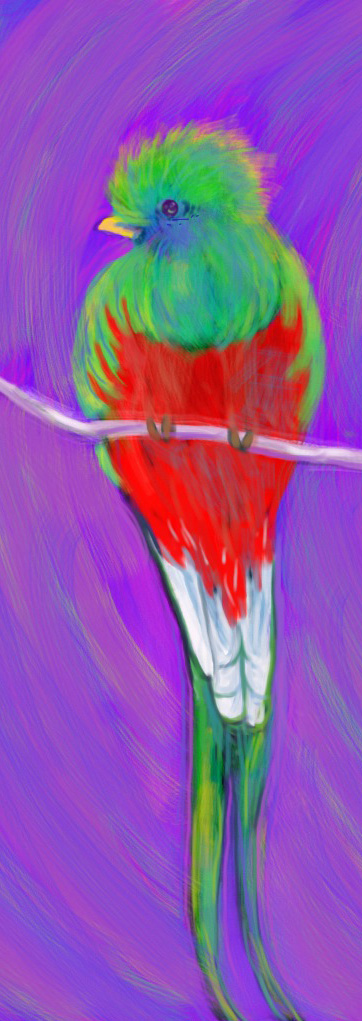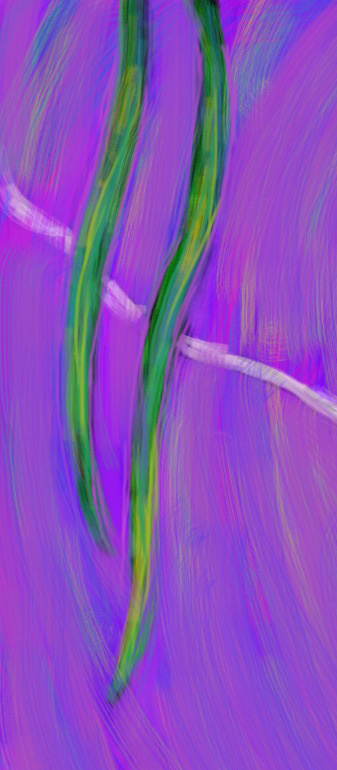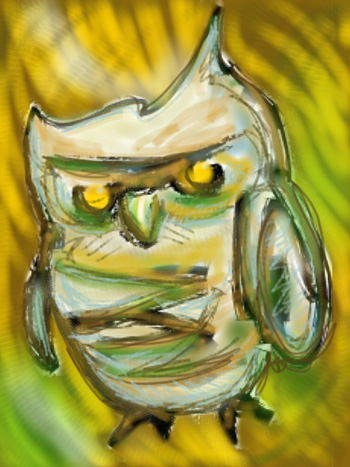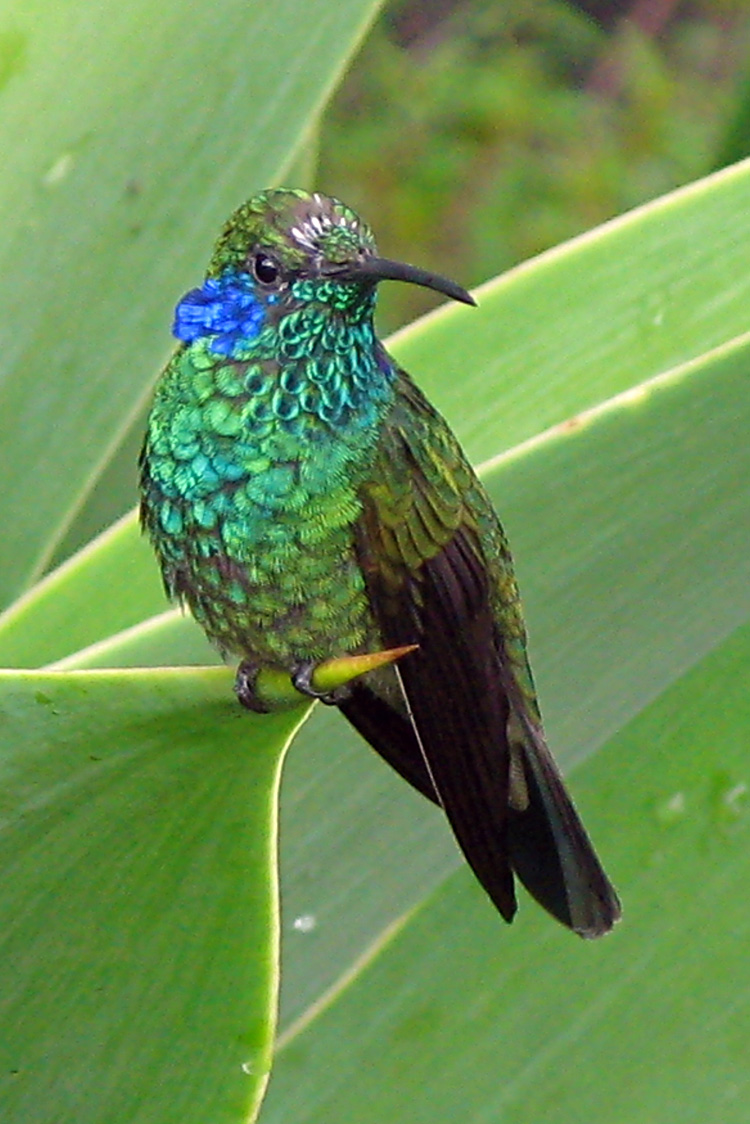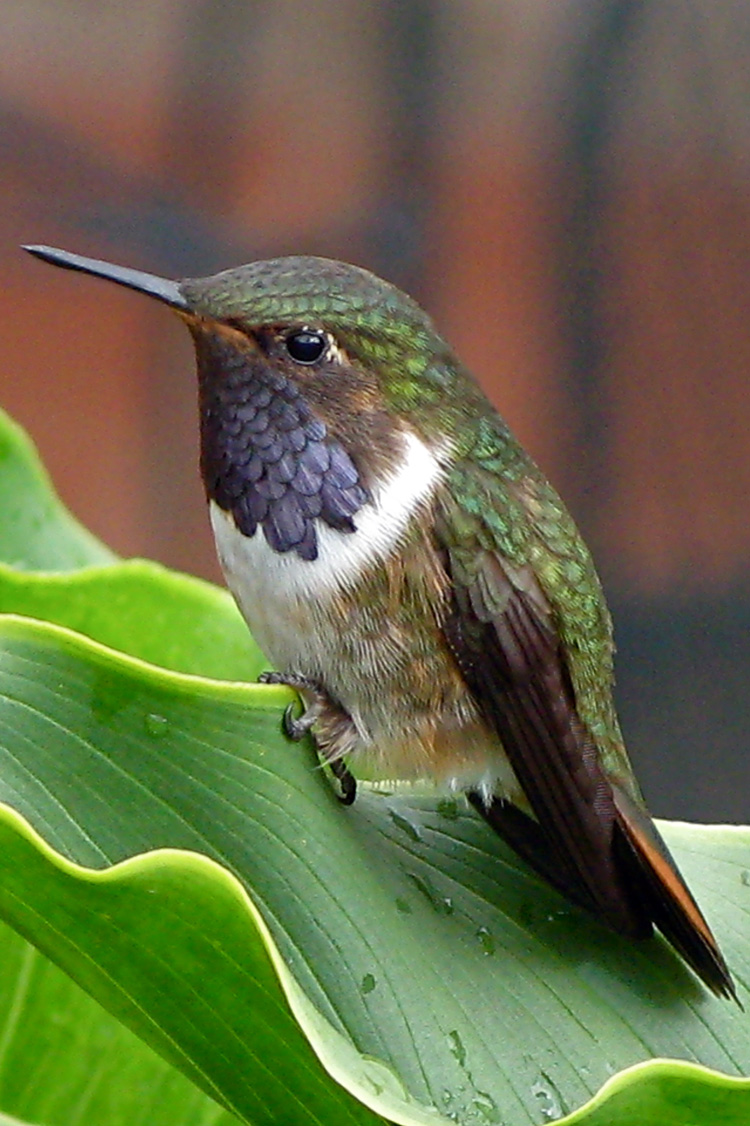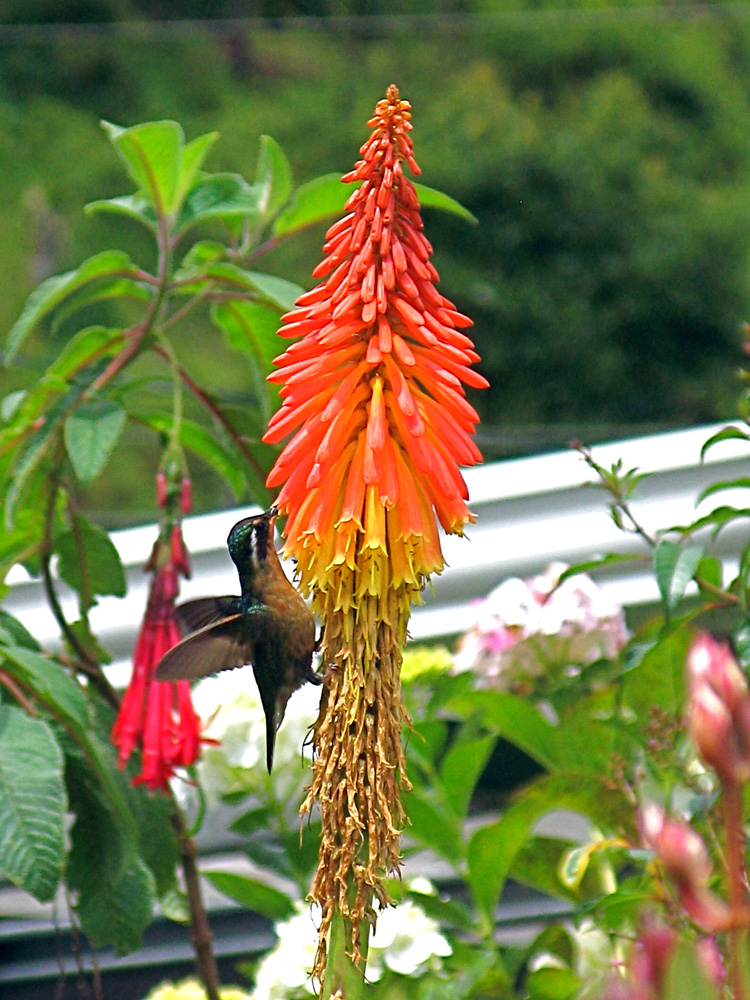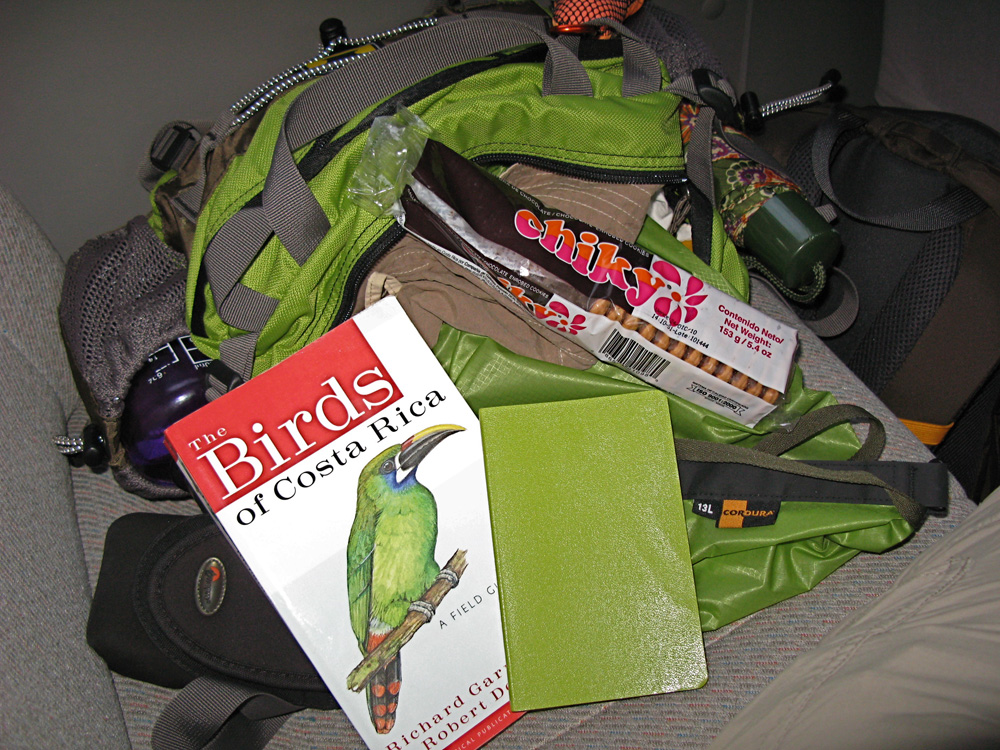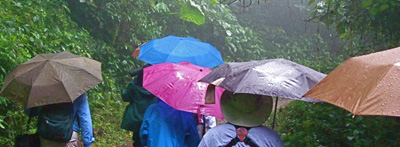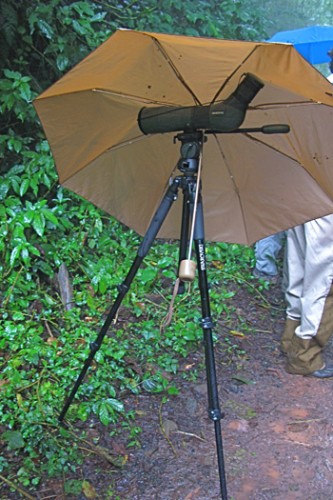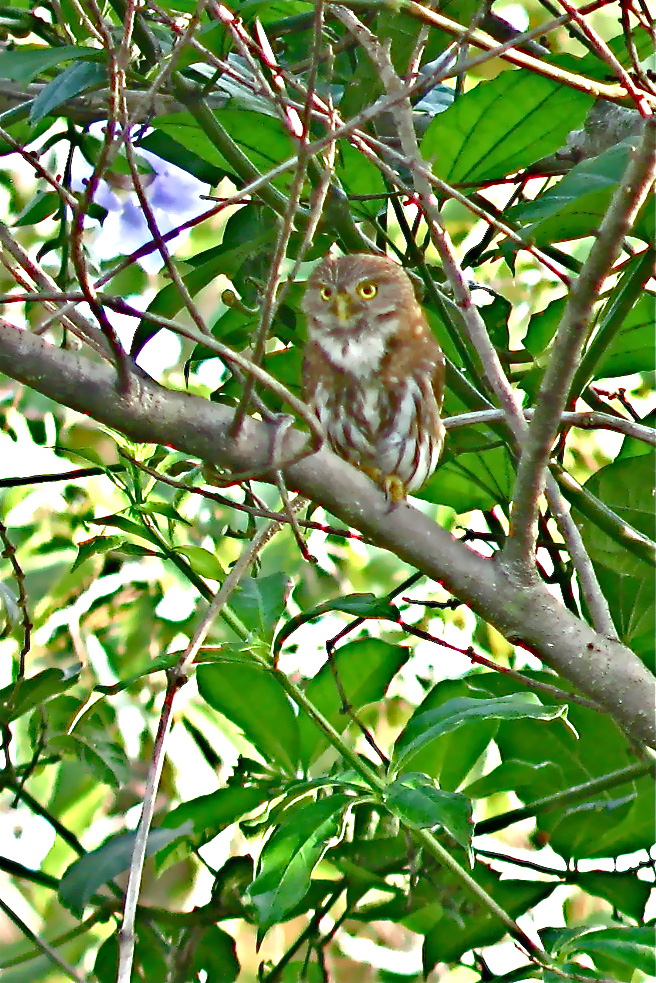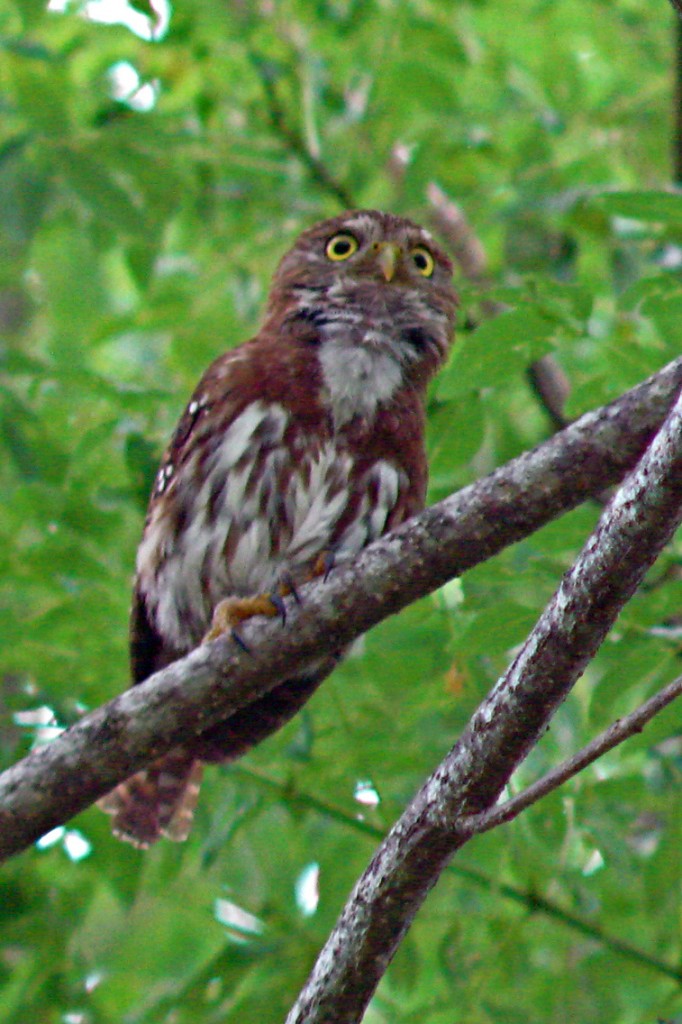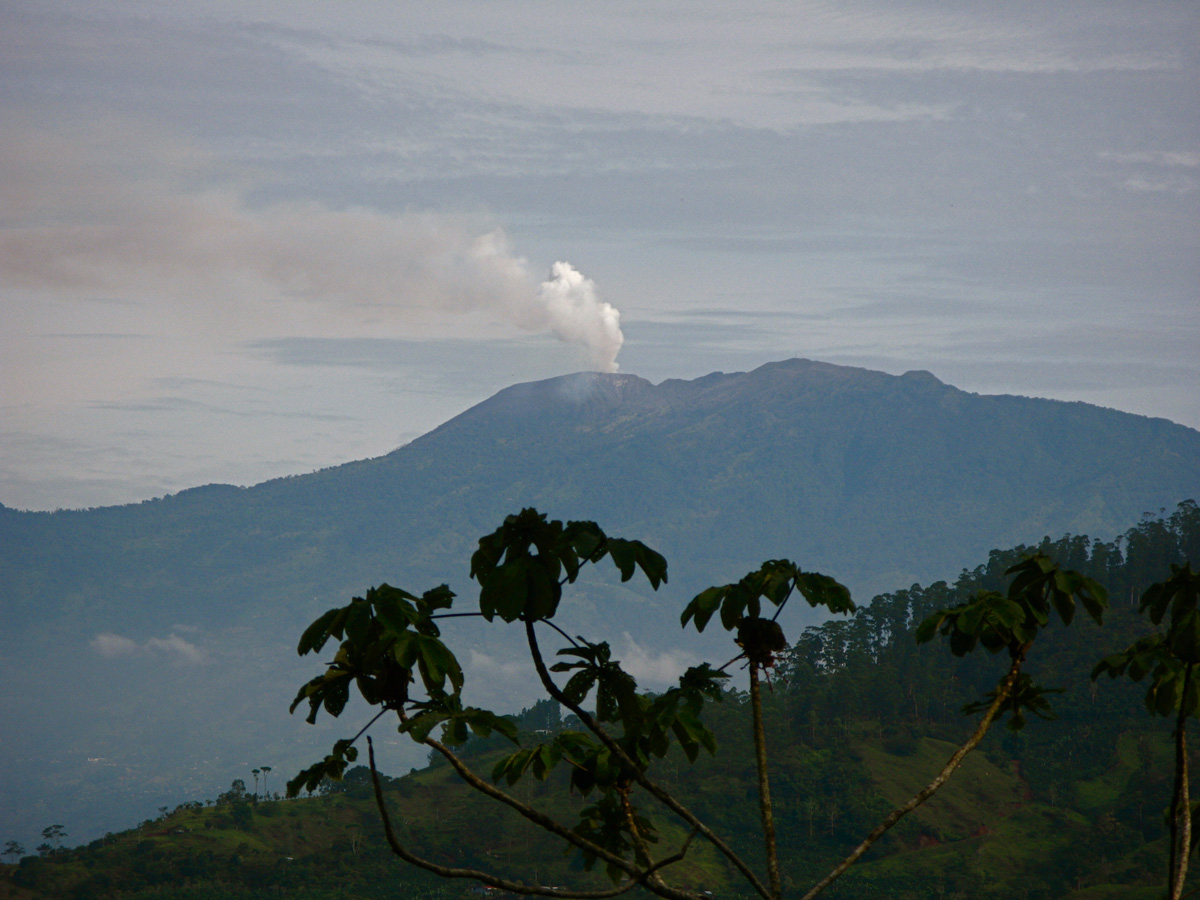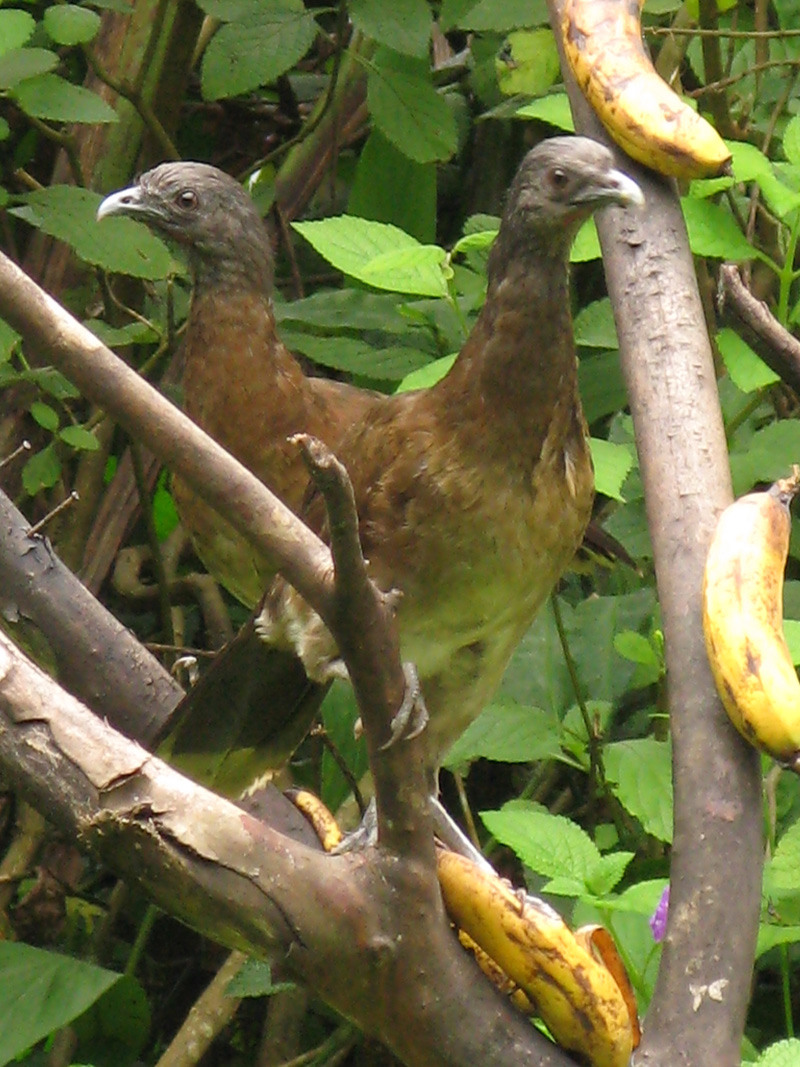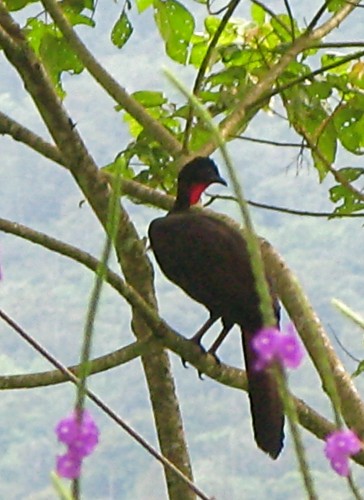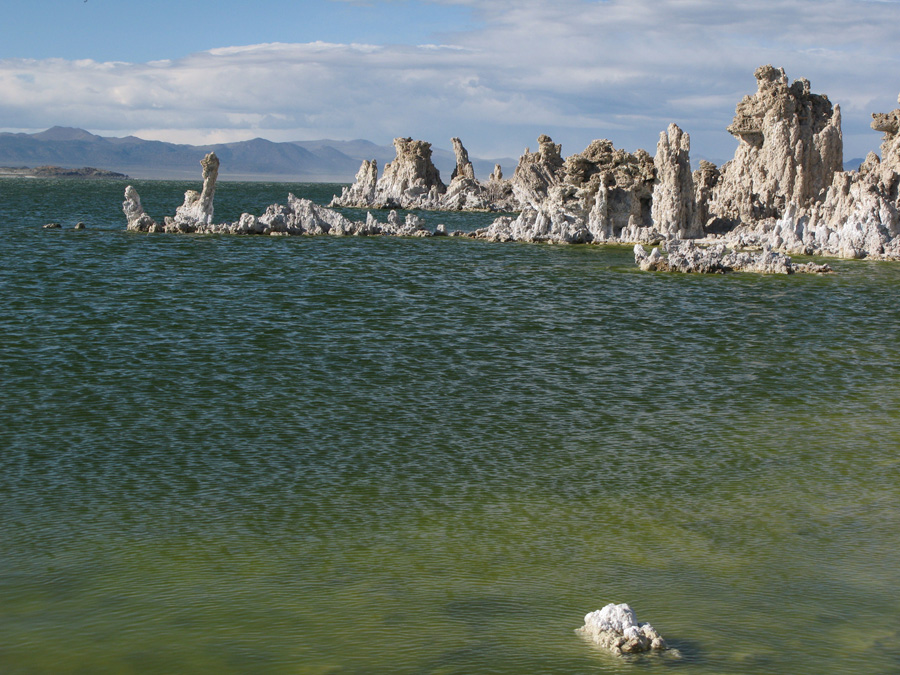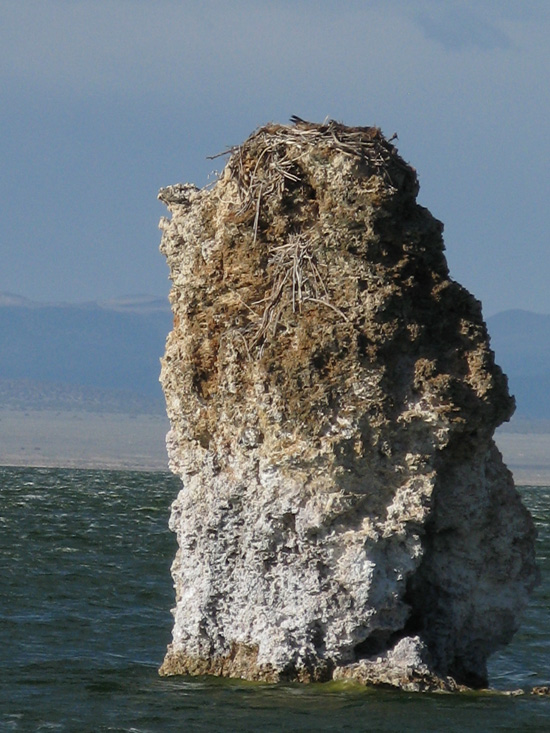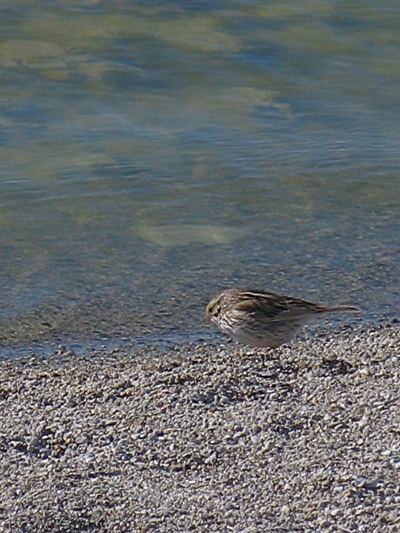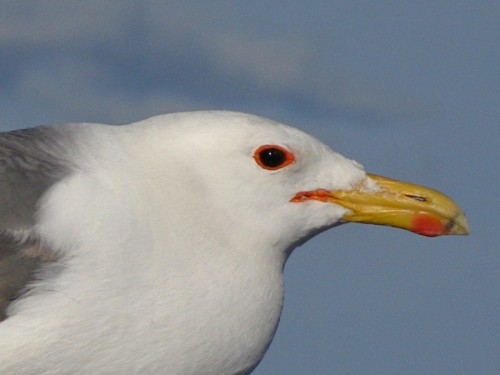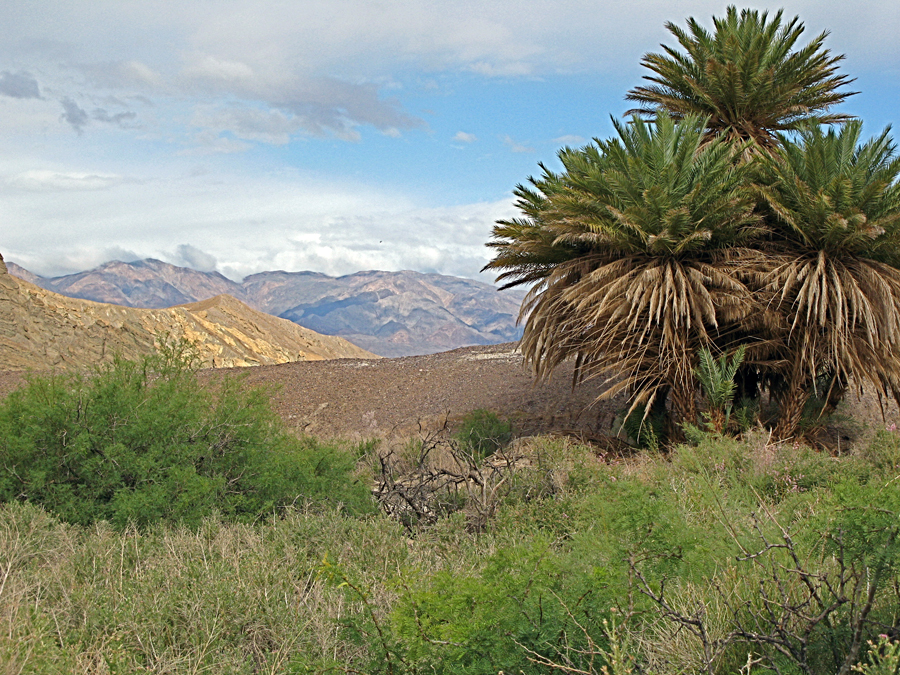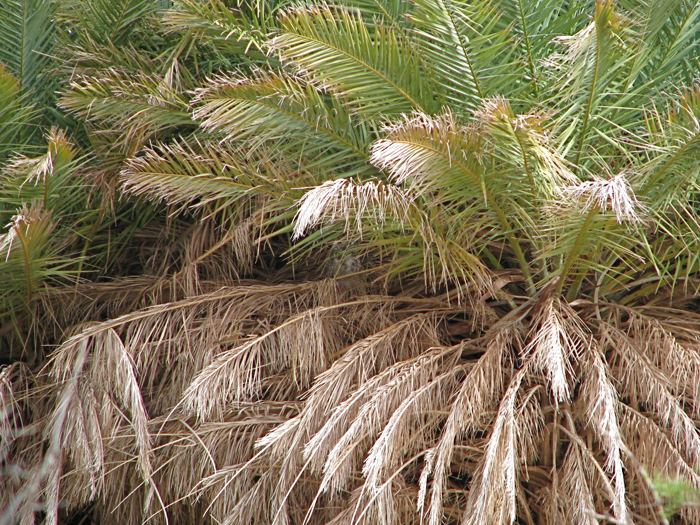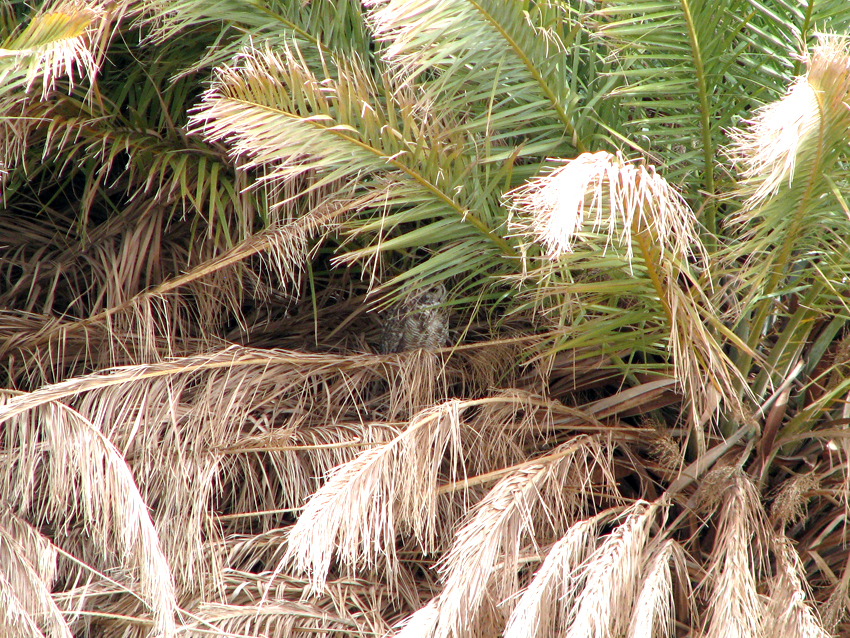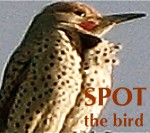Did you see a Resplendent quetzal…
…when you were in Costa Rica? Yes.
Did you get a photo of a Resplendent quetzal? No.
And was the Quetzal resplendent? Yes.
Resplendent quetzales (Pharomachrus cocinno) are glimmering emerald birds who inhabit the dense, wet montane and cloud forests of parts of Central America. The males have splendid iridescent 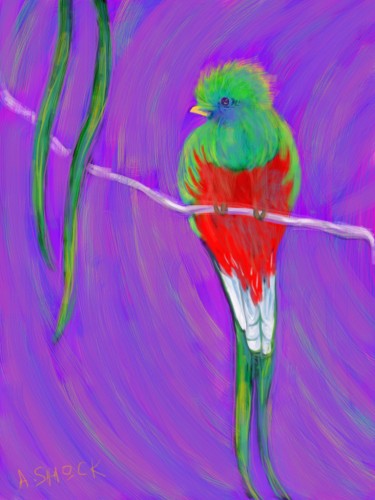 fringed tail plumes which trail extravagantly behind them, inviting stares and admiration from both female quetzales and birders, and challenging artists with inadequate pages. During my recent visit to Costa Rica, several quetzales crossed our path, looking down on us from a secure height, feeding, drying wet feathers, or just loafing. One adult male bird appeared suddenly overhead, so silently we almost missed him, while we were admiring hordes of busy hummers at feeders near Monteverde. As with hummingbirds, the exact shade of a quetzal’s plumage depends on light and angle, and can look emerald, azure, glinting with gold, or simply black. I’ve never seen a photo do the colors justice, let alone an unsubtle computer-graphic image like my effort (although it improves with enlargement, click on image to embiggen).
fringed tail plumes which trail extravagantly behind them, inviting stares and admiration from both female quetzales and birders, and challenging artists with inadequate pages. During my recent visit to Costa Rica, several quetzales crossed our path, looking down on us from a secure height, feeding, drying wet feathers, or just loafing. One adult male bird appeared suddenly overhead, so silently we almost missed him, while we were admiring hordes of busy hummers at feeders near Monteverde. As with hummingbirds, the exact shade of a quetzal’s plumage depends on light and angle, and can look emerald, azure, glinting with gold, or simply black. I’ve never seen a photo do the colors justice, let alone an unsubtle computer-graphic image like my effort (although it improves with enlargement, click on image to embiggen).
Throughout their range from southern Mexico to Panama, quetzales are endangered, mainly due to habitat loss. They are frugivores, and favor the fruits of trees such as the aguacatillo, which has a sort of miniature avocado-like fruit. Quetzales are cavity nesters, laying two eggs in old woodpecker holes fairly high in the canopy, and males and females share nesting duties. During the day, nests can be located by the trailing tail plumes of el macho hanging out of the nest hole. A curious feature of Quetzales is that, unlike most birds, their toes are arranged two forward, and two back.
Queztals or Quetzales? Either is a correct plural; the first is standard in English, the second in Spanish.
The name quetzal (usually pronounced KETzul in english and ketSALL en español) is reportedly a word from the Nahuatl language, and refers to the spendors of the birds’ tails. It’s likely associated at least etymologically with the Aztec god Quetzalcoatl, the plumed serpent.
Click here for an excellent photo essay on Resplendent quetzales by T.Beth Kinsey of Firefly Forest.

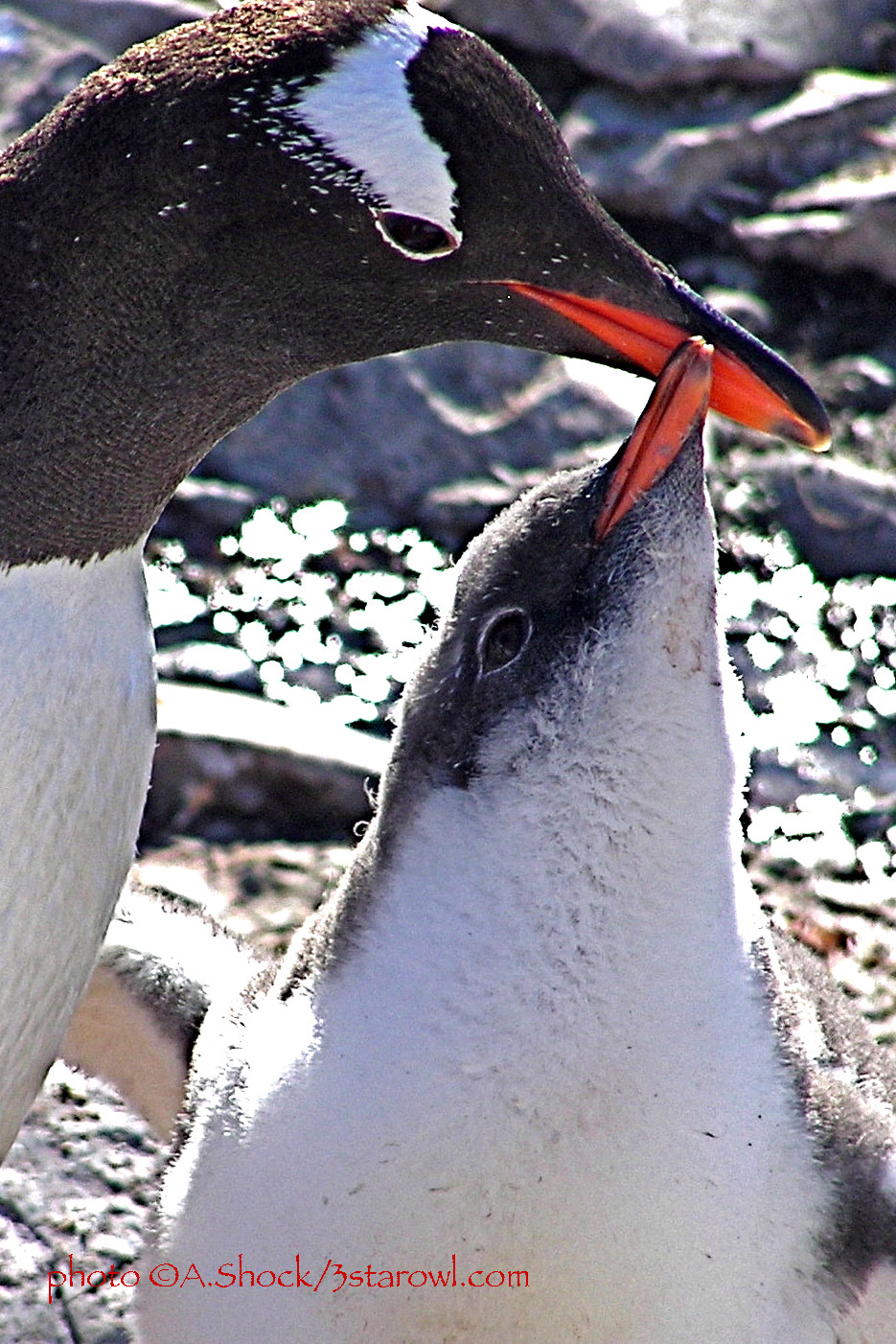
 Allison does not consider herself a wildlife artist,
but an observer who takes notes in clay.
Allison does not consider herself a wildlife artist,
but an observer who takes notes in clay.
